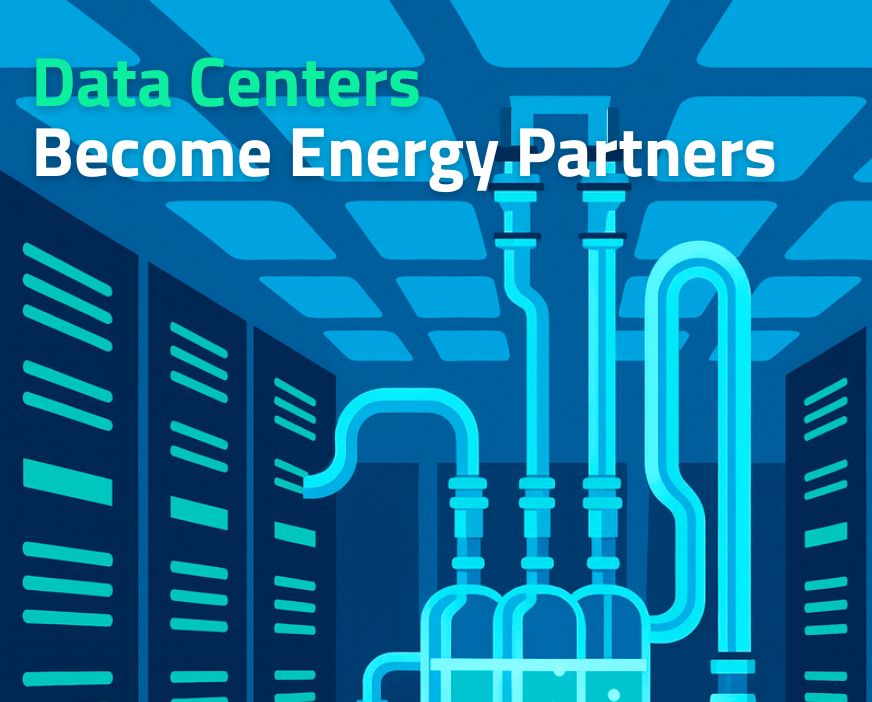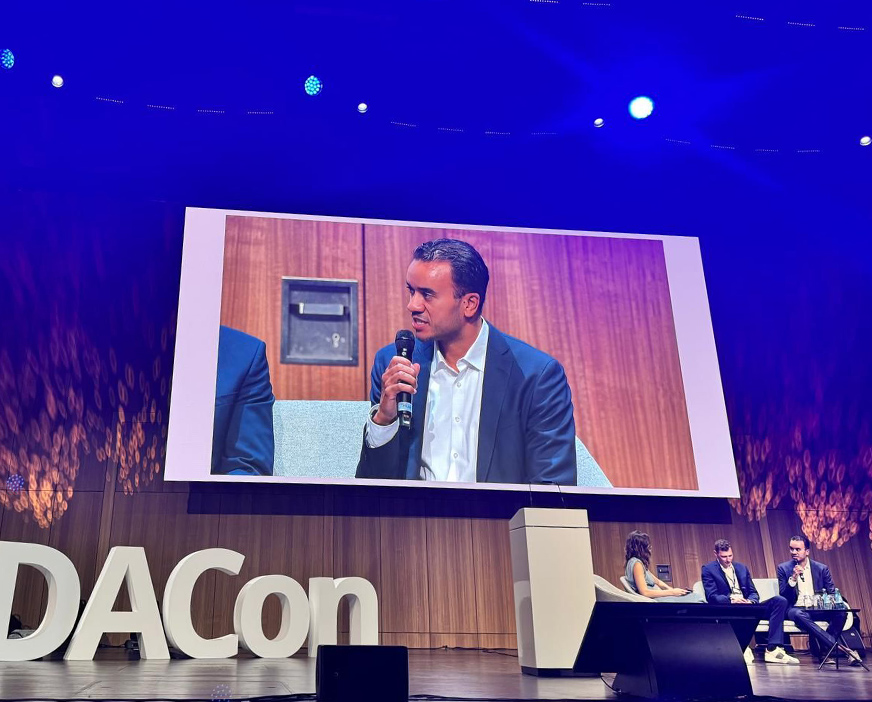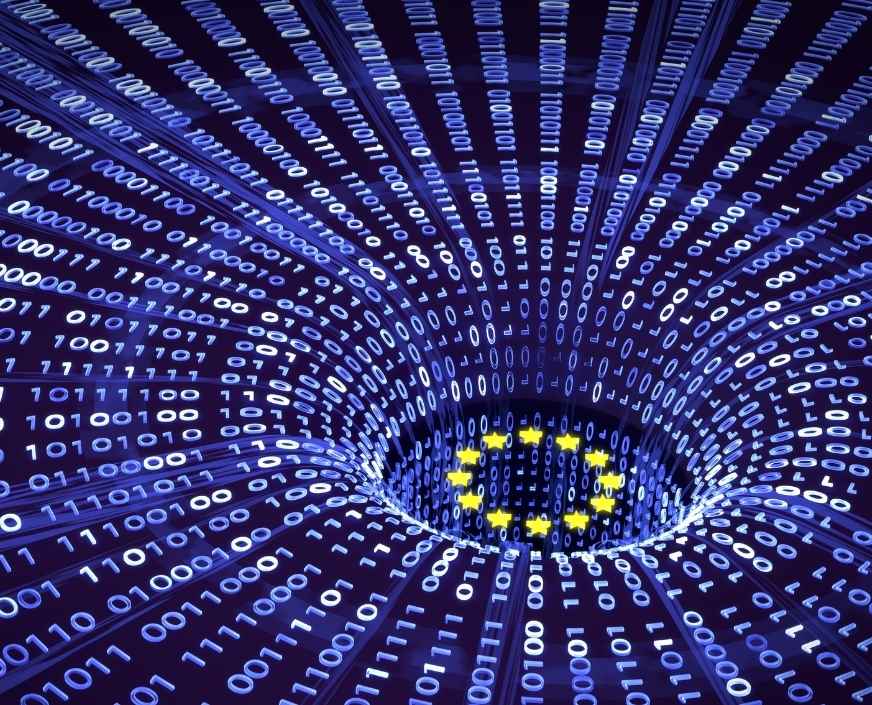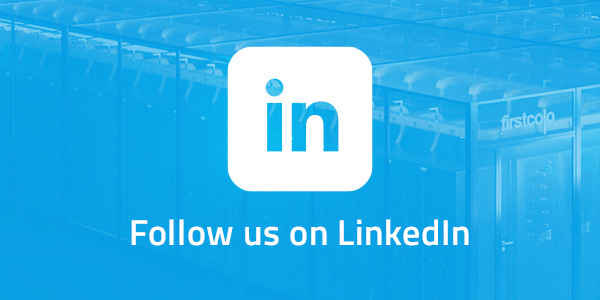The increasingly severe energy shortage poses enormous challenges for industry, households, and policymakers. In some sectors, this is already leading to reduced production capacities. Against this background, data centers are also coming into focus, which, as digital infrastructures of modern society, play a central role but are also considered particularly energy-intensive. However, in the fight against energy shortages, operators are finding new solutions.
“Through sustainable innovations and efficient use of resources, data centers can make a decisive contribution to stabilizing the energy system. Modern data centers are increasingly relying on energy-efficient technologies to optimize power consumption,” reports Jerome Evans, founder and CEO of firstcolo GmbH.
“Cooling concepts such as outside air cooling, liquid-based cooling methods, or innovative AI-controlled energy distribution help to significantly reduce energy demand. At the same time, highly efficient processors and optimized workload management systems enable better utilization of existing infrastructure.”
Data Centers as Heat Suppliers and Grid Stabilizers
A key concept that will gain importance in the future is the use of waste heat: Data centers generate enormous amounts of heat that often remains unused. However, more and more operators are focusing on recovering and redirecting this heat to district heating networks or local residential areas. This converts previously unused energy into usable heating energy, which not only reduces overall energy consumption but also decreases CO2 emissions.
However, the necessary heat network infrastructure in Germany is still under development. The available waste heat must also be compatible with the requirements of local consumers. Both factors are currently slowing down the large-scale implementation of heat recycling.
“To meet the increasing demand for electricity on the one hand and its lack of availability on the other, many data center operators are investing in renewable energies,” explains Evans. To do this, they either install solar systems directly on site or commit to long-term power purchase agreements with renewable energy providers. Some data centers are also experimenting with hydrogen technologies as an alternative energy source.
“Data centers also actively contribute to grid stabilization. Through the targeted use of demand response technologies, data centers can regulate their power consumption like an intelligent valve: They reduce their consumption during peak times and absorb additional power from the grid during low-load periods,” says Evans. This relieves the power grid and reduces the risk of bottlenecks.
Towards Sustainable Energy Management with AI
Artificial Intelligence (AI) is playing an increasingly important role in optimizing energy consumption. Thanks to intelligent algorithms, data centers can dynamically adjust their operations and efficiently control energy demand.
“This enables predictive maintenance, smarter resource allocation, and better forecasting of energy needs,” says Evans. “At the same time, data centers support the digital transformation of many companies through cloud technologies and virtualization. By centralizing computing power, many companies can dispense with inefficient, decentralized IT infrastructures. This reduces overall energy consumption.”
The situation requires innovative approaches and efficient technologies. Data centers face the challenge of improving their own sustainability, but also offer diverse solutions to actively combat energy shortages. “Through waste heat utilization, renewable energies, intelligent grid control, and AI-supported efficiency measures, they are taking on a supporting role in the sustainable energy economy of the future,” concludes Evans.








